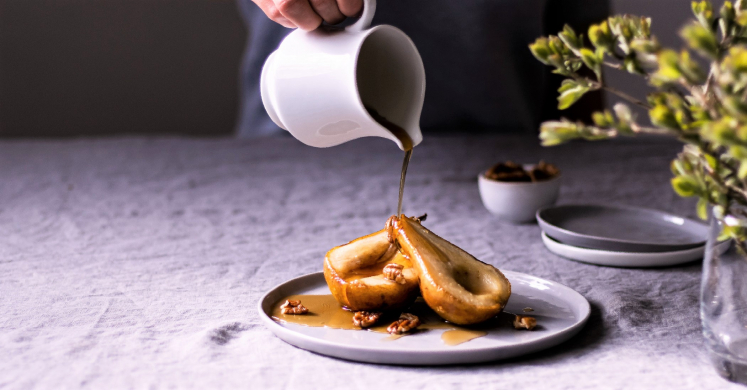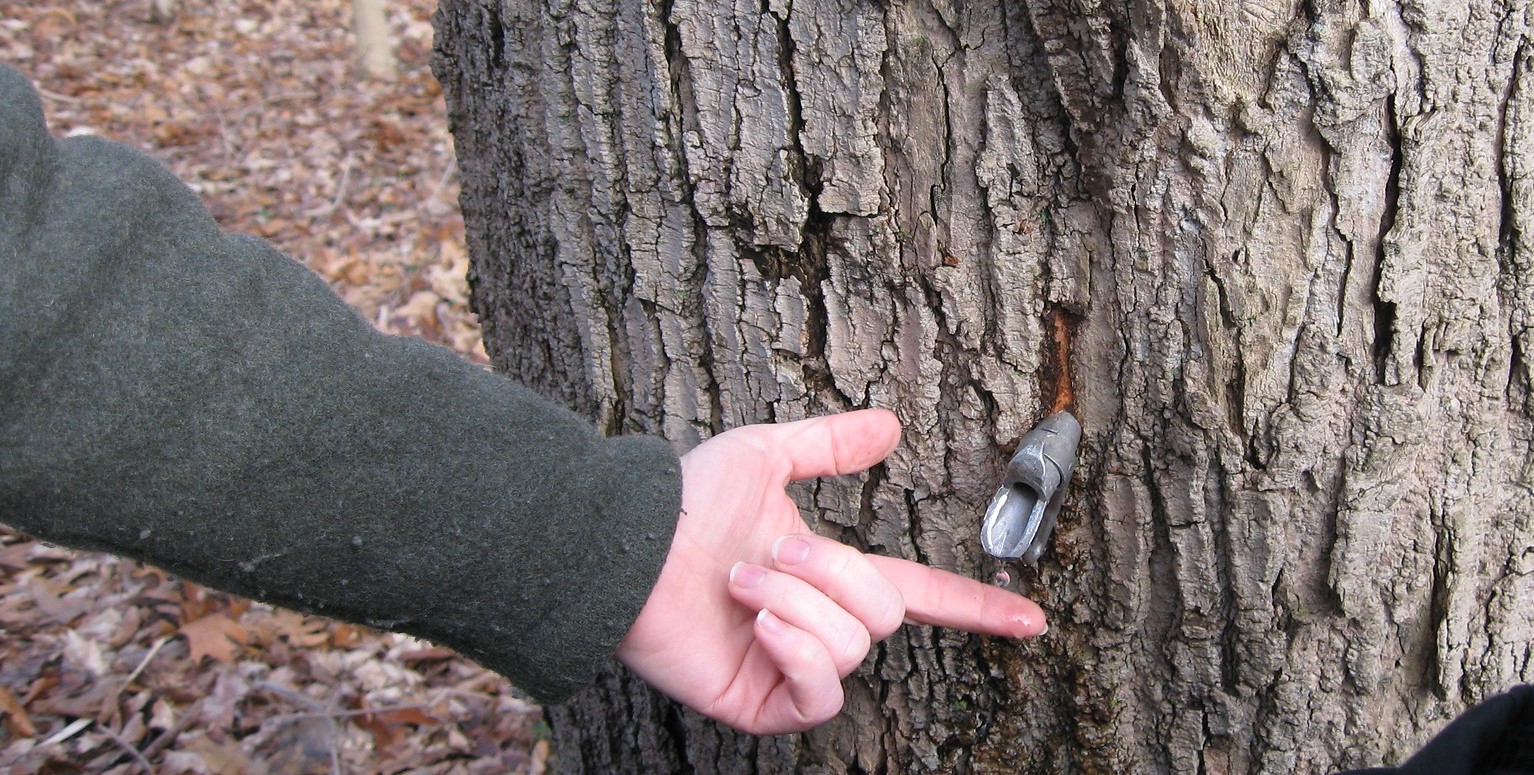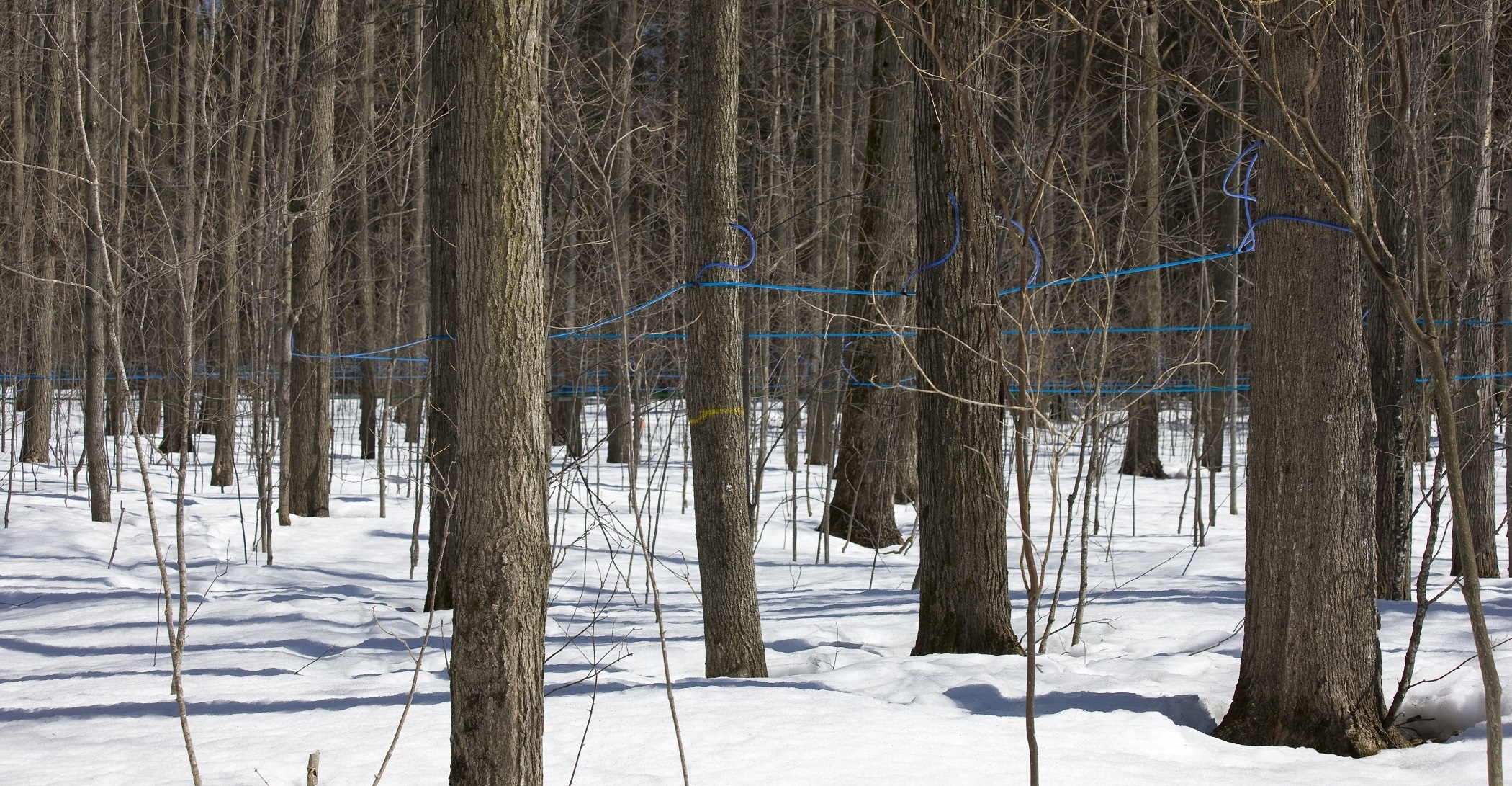Blog

#bioPGH Blog: Maple Syrup Season
 A resource of Biophilia: Pittsburgh, #bioPGH is a weekly blog and social media series that aims to encourage both children and adults to reconnect with nature and enjoy what each of our distinctive seasons has to offer.
A resource of Biophilia: Pittsburgh, #bioPGH is a weekly blog and social media series that aims to encourage both children and adults to reconnect with nature and enjoy what each of our distinctive seasons has to offer.
Any hardcore pancake fans out there know what this time of year brings: maple syrup! When nights are below freezing and the days are relatively warm, the sap of maple trees starts flowing, and maple syrup farms start prepping their sugar bushes (the name for a collection of maple trees for syrup collection). A practice that colonizers originally learned from Indigenous Americans, maple syrup production has been a key winter food activity for unknown centuries, and now it’s one of the yummier things we will explore on the blog — let’s dive in!
Maple syrup is the concentrated version of maple tree xylem – the sap that generally carries nutrients and sugars from tree roots up to the rest of the plant. In late winter, when the temperature drops below 25 degrees (Fahrenheit) at night but reach up 40-45 degrees in the day, the freeze-thaw temperature cycles drive sap to flow more freely than the rest of the rest of the year. When the seasonal conditions are met, tree tapping can begin.
 Image: Friends Central School, CC BY-NC-ND 2.0
Image: Friends Central School, CC BY-NC-ND 2.0
To reach the sap, producers first drill a 1–2 inch deep hole in the tree about four to five feet off the ground; then they insert a special spout called a “spile” as the tap. It is important that the spout doesn’t go much further into the tree as this would not be the living tissue with flowing sap. Historically, each tree would have a bucket below the spout, but many modern maple farms have a network of tubing leading from each tree to a centralized collection container.

Image: Sand Road Maple Sugar Farm, Michel Rathwell CC-BY-2.0
From there, many production operations use a reverse osmosis process to separate out some of the water before the sap is boiled down. It might take anywhere from 40 to 80 gallons of sap to make one gallon of maple syrup, depending on the sugar content of the sap and the preferred sugar content of the final product. Sap can come from either the classic sugar maple (Acer saccharum) or red maple (Acer rubrum). Sap from the red maple tends to make darker syrup, but the matter of taste between the saps of the two trees is a debated subject among maple growers. For both species of trees, February and March are traditionally the season of maple tree sap in Pennsylvania.
On a related note, if you attend our monthly Biophilia speaker series, you may have caught our May 2021 meet-up featuring Mike Snyder, manager of Gakwi:yo:h Farms. During his presentation, he mentioned expanding their current maple syrup production. You can check out their maple syrup operation process in their video below!
Connecting to the Outdoors: Pennsylvania is dotted with maple farms, and many have events throughout February and March. Our local Audubon chapter has Maple Madness 2022 coming up soon for multiple days, and several of the county parks have planned maple activities as well. Check it out!
Continue the Conversation: Share your nature discoveries with our community by posting to Twitter and Instagram with hashtag #bioPGH, and R.S.V.P. to attend our next Biophilia: Pittsburgh meeting.
Resources
Cornell University—Maple Program
Post-Gazette -- Sticky Situation: Sap flowing Earlier
Image credits: Cover, Pexels public domain; Header, Sand Road Maple Sugar Farm, Michel Rathwell CC-BY-2.0

